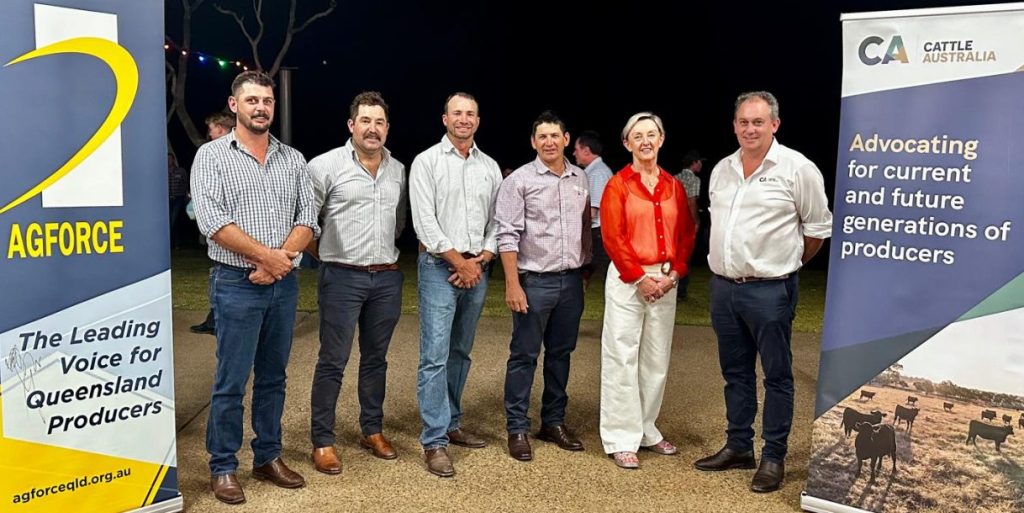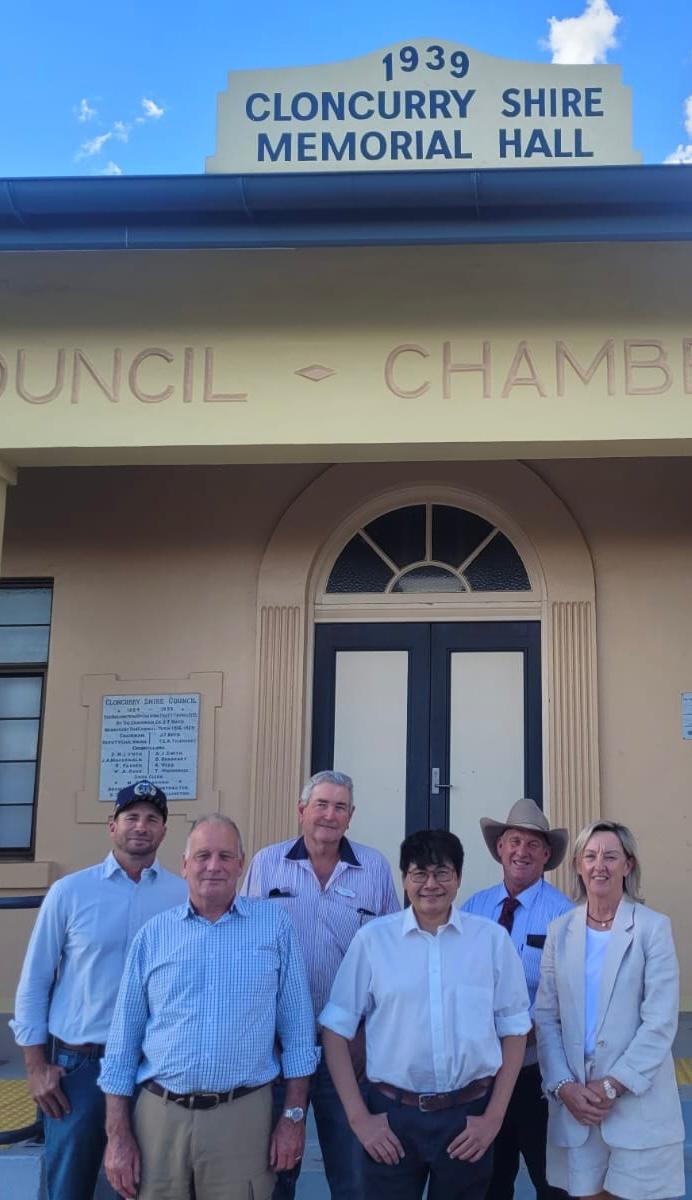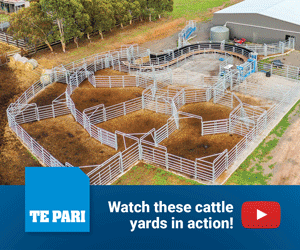Building an Economic Powerhouse: Australia and Indonesia’s Agricultural Collaboration

Will Evans, Bryce Camm, Robert Chaplain, Adam Armstrong, Jane McMillan and Garry Edwards at the AgForce Cattle and Cattle Australia producer event in Cloncurry last night.
INDONESIA’S ambassador to Australia, Dr. Siswo Pramono, highlighted a unique opportunity for collaboration at a combined AgForce and Cattle Australia forum in Cloncurry. He believes that by aligning Australia’s agricultural production strengths with Indonesia’s lower labor and energy costs, both countries can become an economic powerhouse.
Dr. Pramono noted that Australia, with a cattle population of approximately 30 million—outnumbering its human citizens—has significant capacity to meet Indonesia’s demand, where 270 million people depend on a mere 18 million cattle.

Indonesian Ambassador to Australia Dr Siswo Pramono met with cattle producers in Cloncurry.
He emphasized the economic advantage of processing agricultural products, such as meat and wheat, in Indonesia, where energy prices are about 7 cents per kilowatt hour compared to Australia’s 30-40 cents. Additionally, labor costs average around A$300 per month in Indonesia, in stark contrast to A$3500–A$4000 in Australia.
Opportunities for Protein Demand
Dr. Pramono further explained that Indonesia spends around A$1.2 billion annually on wheat imports, and due to geopolitical shifts, Australia is emerging as a significant supplier. The Indonesian government’s new “Nutritious Meal” program, aimed at providing free meals for 83 million schoolchildren, will significantly increase the demand for protein.
With a current milk production of only one million tonnes against a consumption rate of five million tonnes, Indonesia also looks to Australia for imports of lean Brahman beef, which is well-suited to local culinary methods. As purchasing power rises, the appetite for these products is expected to grow.
A New Wave of Investment
Dr. Pramono announced the establishment of Indonesia’s US$1 trillion sovereign fund, Danantara, targeted at supporting agricultural and mining investments in Australia. This presents a new wave of Indonesian investment focusing on ‘brownfield’ projects, where Indonesia seeks small equity stakes in existing operations while learning from Australian practices in the red meat and dairy sectors.
“Investing in Australia is safe for us because of the strong biosecurity and established supply chains,” he said, noting that since the Indonesia-Australia Comprehensive Economic Partnership Agreement (IA-CEPA) came into effect in 2020, bilateral trade has doubled, growing from A$17.7 billion in 2019 to A$35.4 billion in 2024.
Looking Ahead
Data shows Indonesia recorded a trade surplus of A$3.13 billion with Australia last year. An ongoing review of IA-CEPA presents further opportunities for enhancing regional economic collaboration. Dr. Pramono remarked on the rapidly developing economy of Asia, which now contributes around 45% of the GDP of G20 nations.
With a commitment to fostering closer ties, Dr. Pramono acknowledged the role of Federal Member for Kennedy Bob Katter in facilitating crucial discussions between Indonesian officials and northern cattle producers.
“This year I accompanied Prime Minister Albanese to Jakarta to meet with my President,” he shared, ultimately emphasizing the importance of cattle in economic collaboration.
This article presents the unique economic collaboration between Australia and Indonesia, highlighting key points, and is structured for optimal readability and SEO-friendly integration in WordPress.




